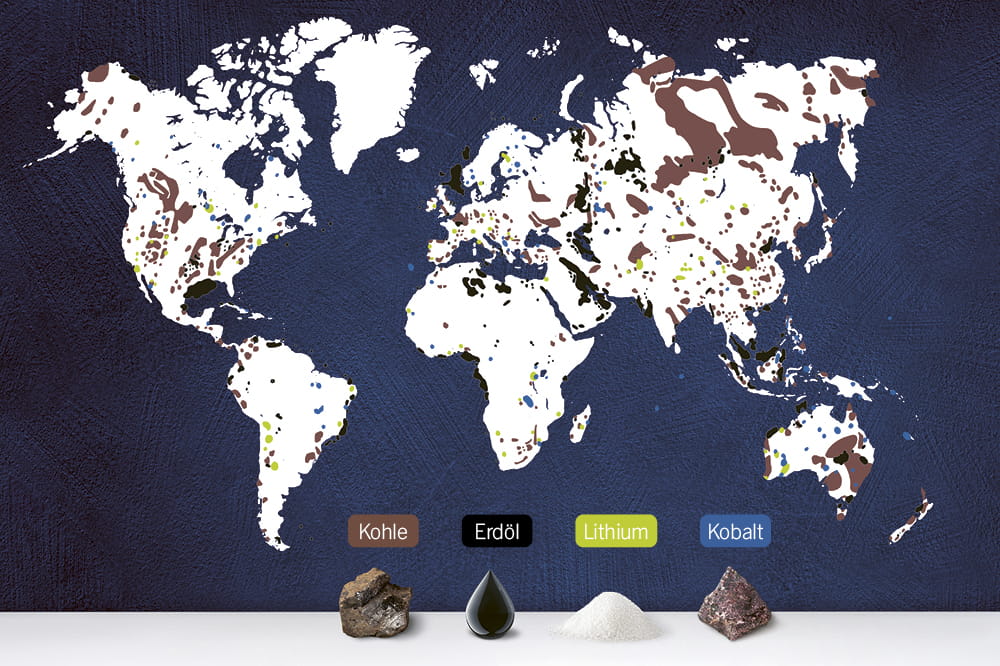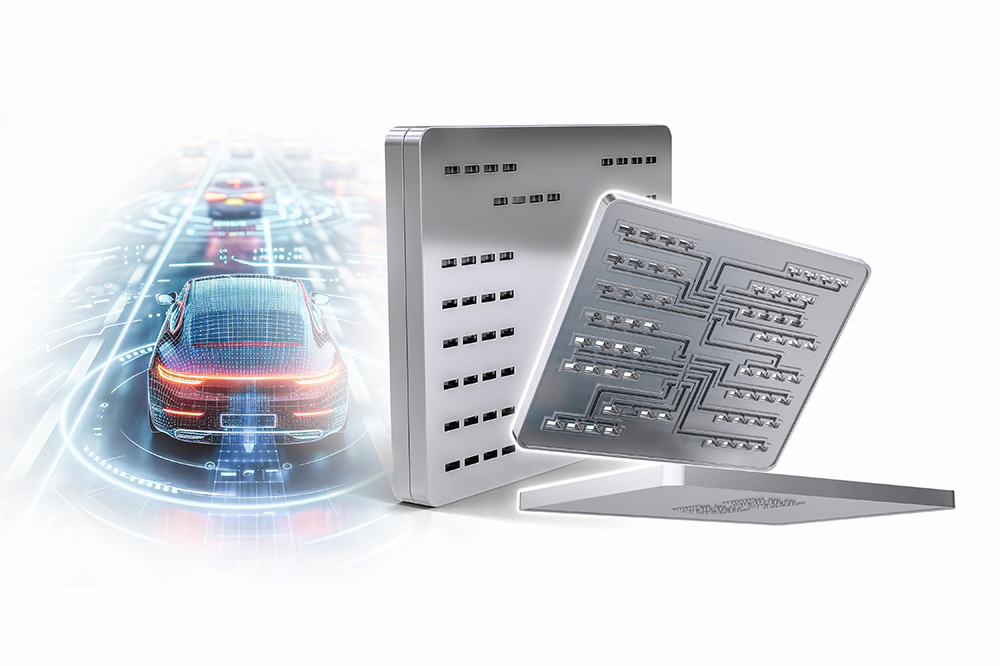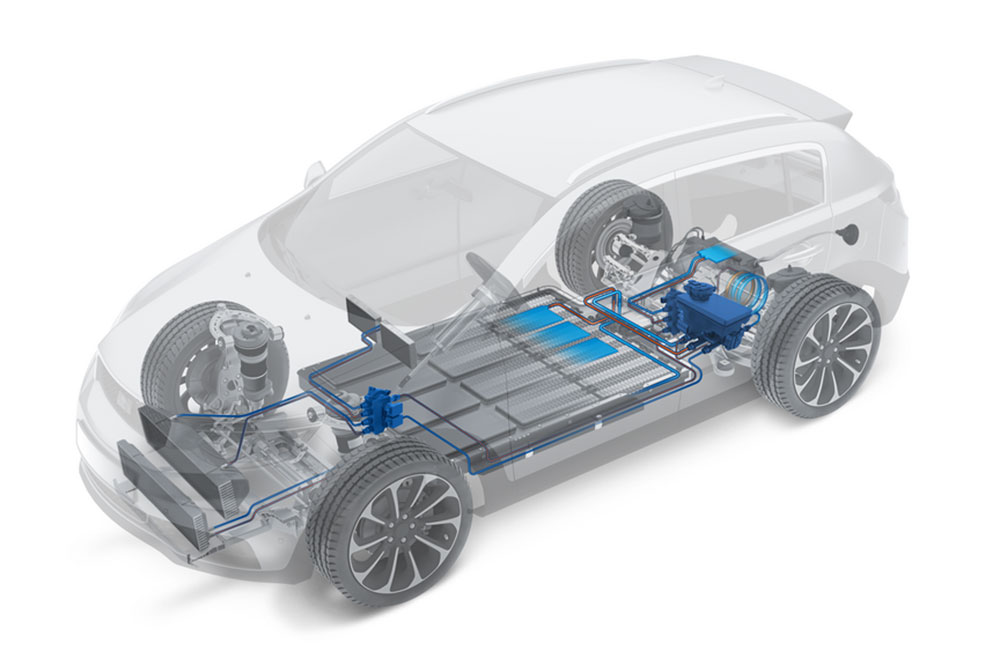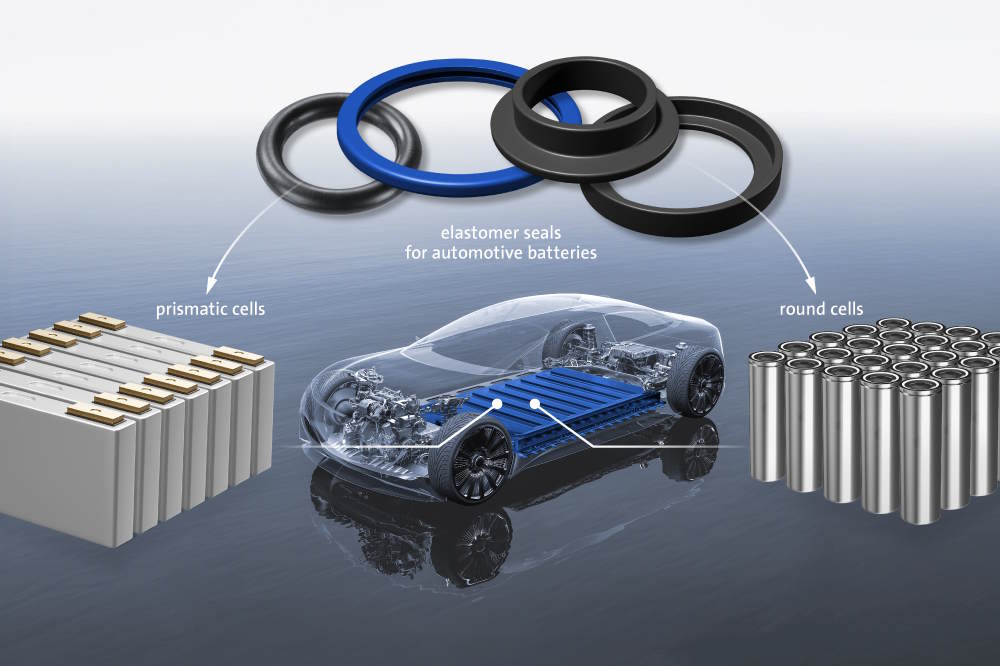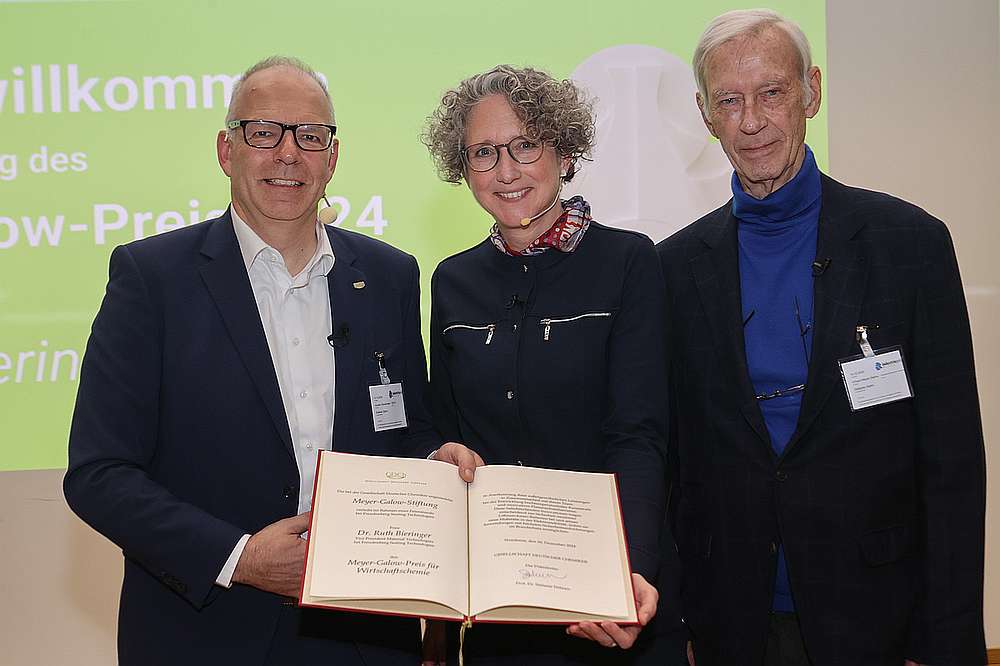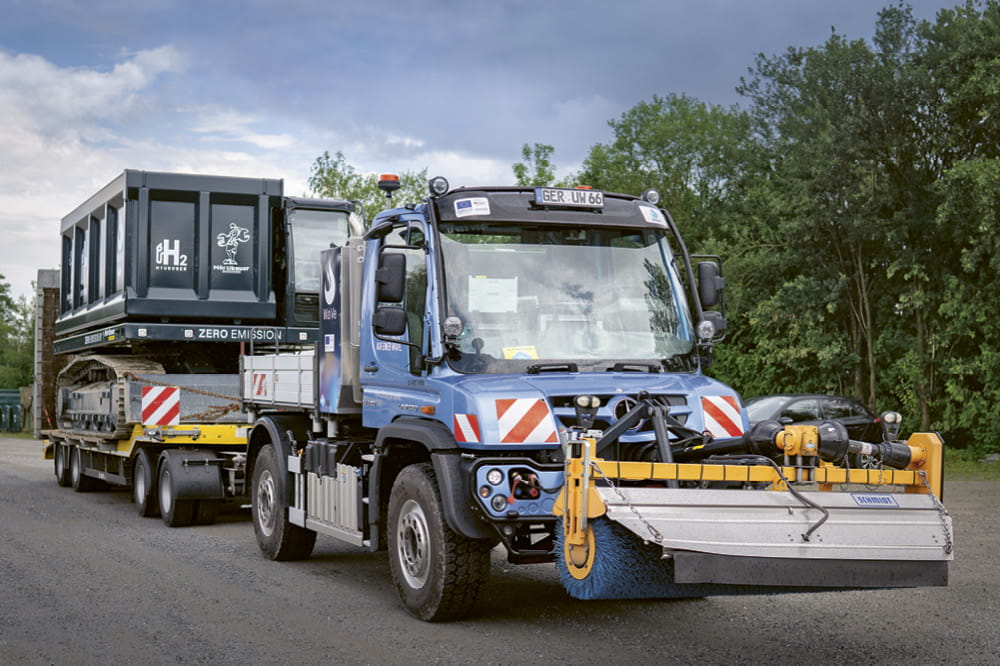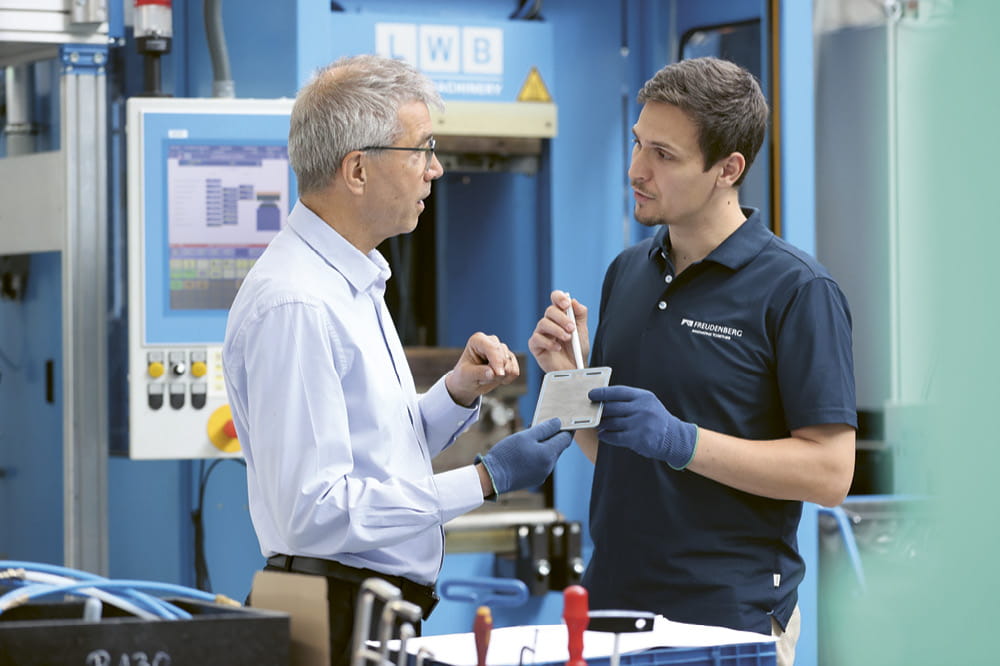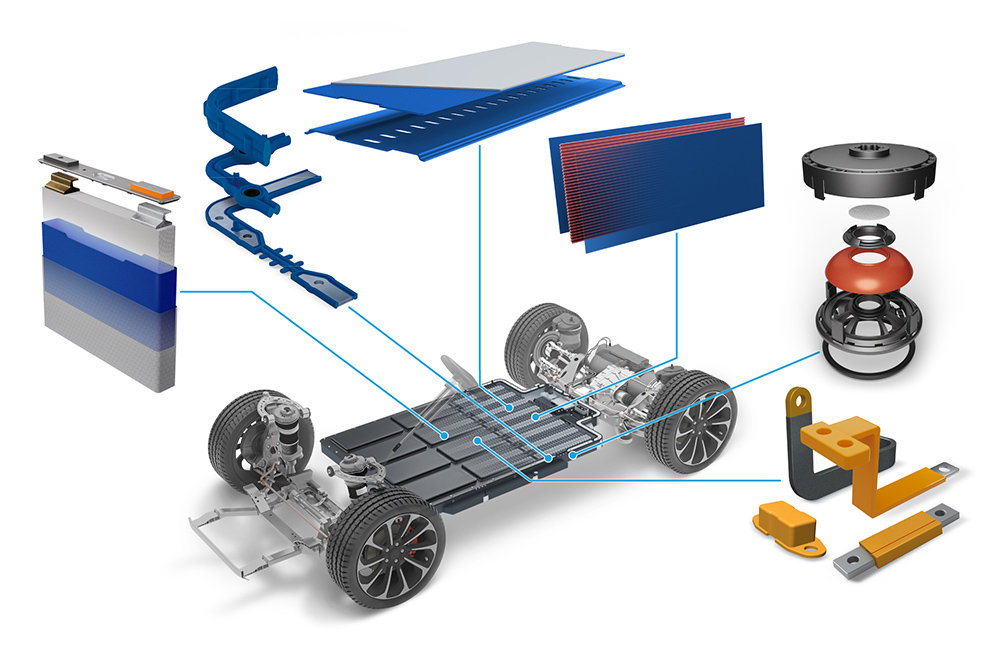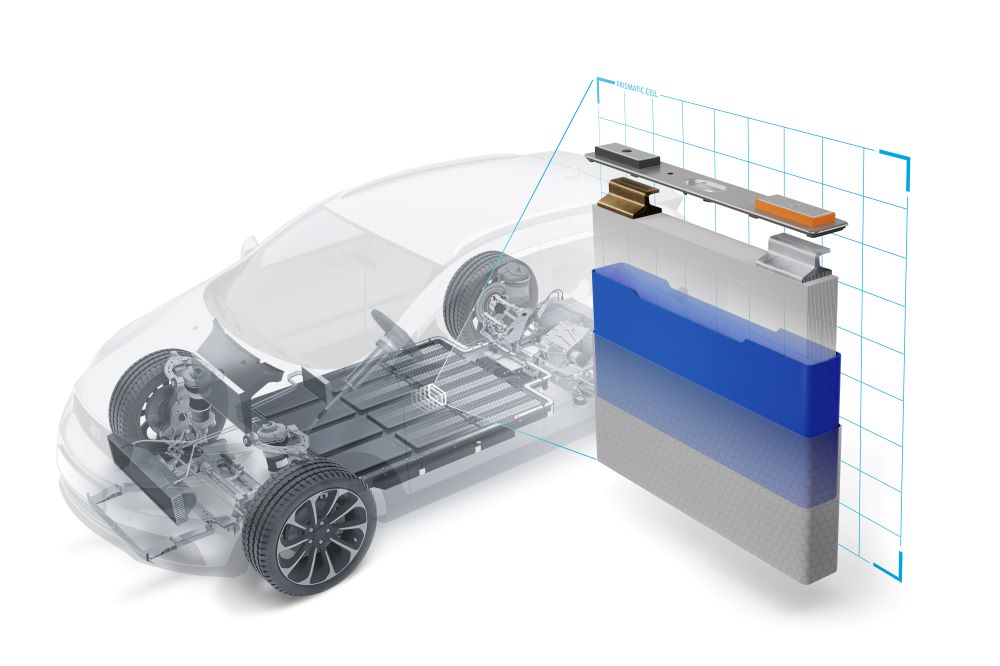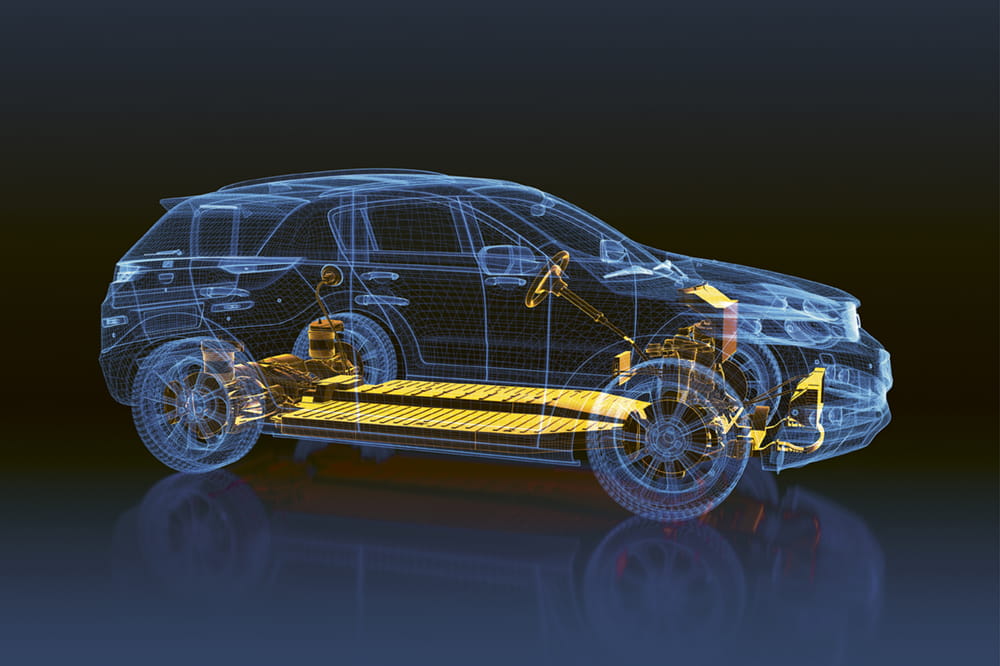Obtain news and background information about sealing technology, get in touch with innovative products – subscribe to the free e-mail newsletter.

01.09.2020 | Story
Resources for Mobility
Whether traveling on the land, on the water or in the air, every vehicle needs something to propel it. Until now fossil fuels have overwhelmingly filled this role. But the focus has shifted to alternative drives. Materials such as lithium and cobalt are needed to make batteries. We take a look at the raw material deposits needed for mobility – over the course of history and today.
It is impossible to tell the story of mobility without referring to the resources needed to fuel it. In the 19th century, steam engines gave mobility a boost, and coal was their key fuel. They got steamships and locomotives moving. They enabled long distances to be conquered more comfortably and quickly than ever. Coal was a plentiful resource in many regions of the world, especially in Europe and North America whose countries were at the Industrial Revolution’s cutting edge.
Raw materials such as lithium and cobalt are needed to produce batteries and have become more important.
During the 20th century, the rise of the internal combustion engine followed the discovery of oil fields in the United States. Cars, diesel locomotives and later aircraft owed their success to this liquid “black gold.” With the growing dependence of various industries on petroleum, new regions were catapulted onto the global stage. Latin America, Africa and above all the Arabian Peninsula gained new importance with the discovery of oil deposits in these regions.
The Heart of E-Batteries Beats in the DR Congo and Chile
With the rise of electric mobility, powertrains are gradually decoupling from fossil resources. Raw materials such as lithium and cobalt are needed to produce batteries and have become more important. To be sure, they are found on every continent, but they have long eluded development in many locations and are not always available in the preferred concentration or quality. Today lithium and cobalt are mined in regions of the world that have been rather underrepresented: Central Africa (cobalt from the Democratic Republic of the Congo) and South America (lithium from Chile) have become the focus of the major industrial nations as they reveal a readiness to embrace alternative drives.
It will be exciting to see which regions of the world will develop into major suppliers of lithium and cobalt in the coming decades. As history shows, the countries of origin for mobility-related resources have been in constant flux.
More news on the subject E-Mobility

Join Us!
Experience Freudenberg Sealing Technologies, its products and service offerings in text and videos, network with colleagues and stakeholders, and make valuable business contacts.
Connect on LinkedIn! open_in_new